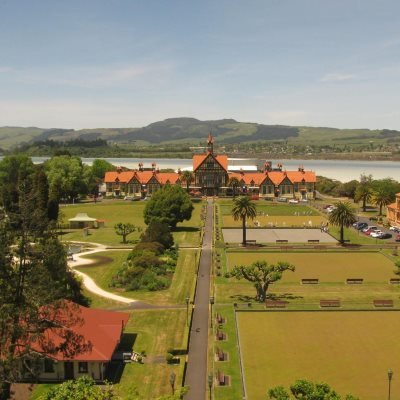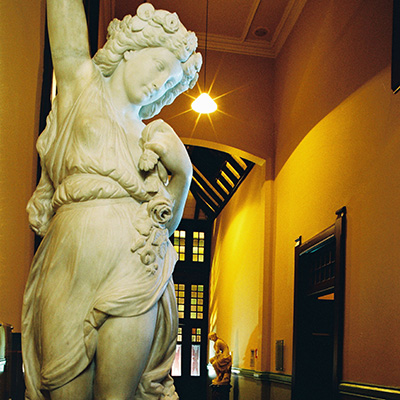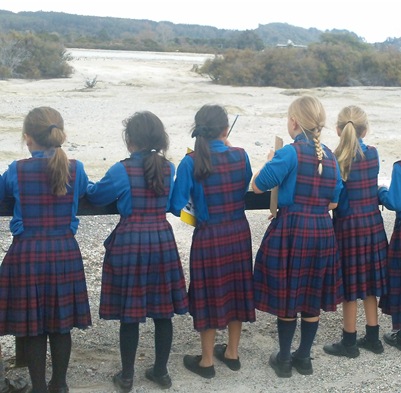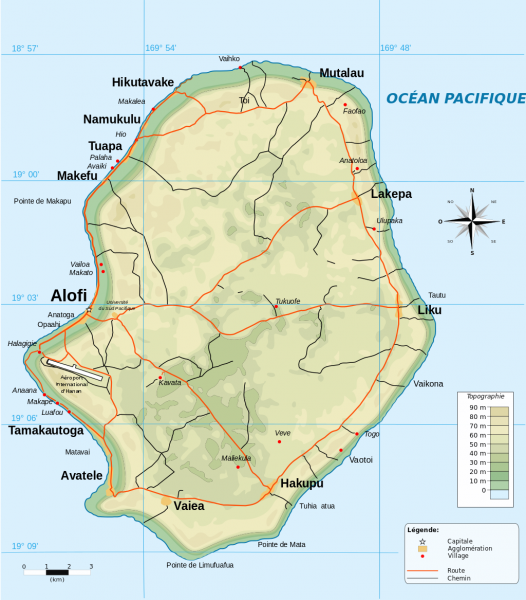Niue Language Week – Vagahau Niue Language Week 2017
Sunday, 15 October 2017
Fakaalofa lahi atu, Fakaaue ha kua to this week’s celebration of Vagahau Niue language week 2017. This year’s theme is Ko e Vagahau Niue ko e Atefua he Tagata Niue – the Niue Language is the Heart of Niue People. The Niuean population living in New Zealand is ten times greater than the population living in Niue and, with that in mind, the determination to preserve and celebrate vagahau Niue (Niuean language) is at the heart of Niuean communities.
Niue is a coral island commonly known as the Rock of Polynesia. One way in which vagahau Niue is upheld in Niue is through cultural practices such as hifi ulu, a hair cutting ceremony. Hifi ulu translates literally as shear hair and refers to the celebration of a boy’s first haircut.
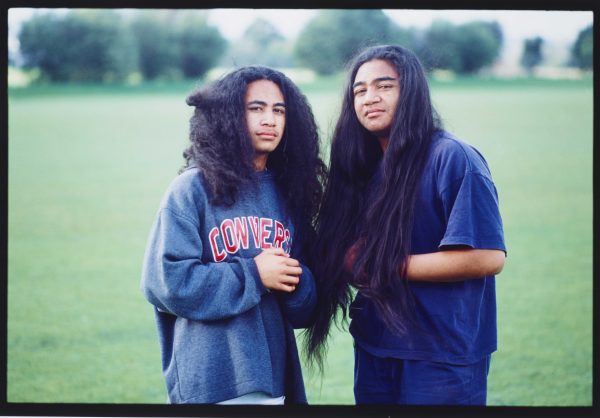
Glenn Jowitt, Niuean haircutting ceremony, Auckland. Tagamaka Talagi and Alfie Talagi before their hair cutting ceremony. 1997. Colour photograph, inkjet print. Purchased in 2012. Te Papa (O.041137)
The precise origin of hifi ulu is unknown; some ascertain that when early missionaries came to Niue, they cut off long hair to ‘civilise’ and conform Niuean men to European ideals of masculinity.[1] Prominent Niueans such as Tigilau Ness, a performer and father of Che Fu, have attributed the practice to the notorious slave trader named Bully Hayes.[2] The slave trader raided the island taking men and boys, while sleeping at night. When the islanders discovered that only males were disappearing, they grew their hair long to be mistaken for women. Only when they were ready to challenge the slave raiders, was their hair cut.[3]
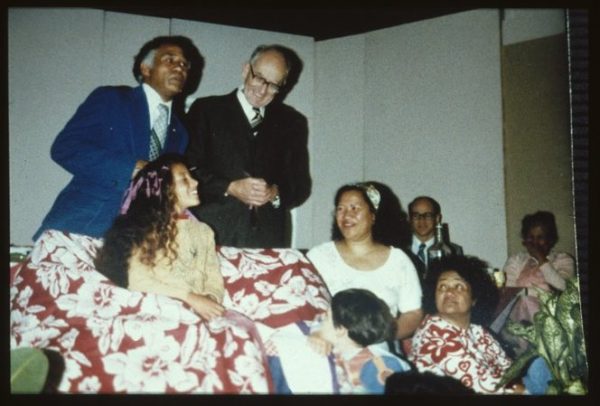
Lagi Sipeli and Ian Ramsden speaking at Timmy Puleosi’s haircutting ceremony, St James Presbyterian Church, Newtown. St James Presbyterian Church (Newtown Wellington): Anniversary slide show. Ref: PA12-1517-77. Alexander Turnbull Library, Wellington, New Zealand. /records/22611249
In Aotearoa, hifi ulu marks a rite of passage for a teenage boy who has grown his hair since birth. Initially, parents decide whether to grow the hair, at what age the hifi ulu will take place, and may also choose more than one son for this honour. On the day of the hifi ulu, the boy’s hair is plaited into multiple braids. His family members and guests of honour are invited to cut braids and offer blessings and give a fagatohi (envelope) with money inside. Occasionally, gifts of money are attached to the boy.[4] The hall where the ceremony takes place is decorated with brightly coloured paleu (lavalava), including the comfortable throne-like chair, where the boy will sit for the entire ceremony.[5] Hifi ulu is an important cultural tradition which affirms the people and culture from Niue – the Rock of Polynesia.
Fakaaue lahi
 GUEST WRITER - Victoria University student placement, June - August 2017, Rotorua Museum
GUEST WRITER - Victoria University student placement, June - August 2017, Rotorua MuseumGina Machitt
Footnotes
Fagatohi -Envelope
Fakaalofa lahi atu- Hello
Fakaaue ha kua - Welcome
Fakaaue lahi – Thank you
Fiafiaaga - Celebration.
Hifi ulu– Hair Cutting
Magafoa - Family
Momoi – Money
Paleu – Lavalava
Ufi – Yams
Vagahau Niue - Niuean language
[1] Janice Ikiua, “Hifi-ulu - The Haircutting Tradition of Niue Island.” Spasifik Magazine, Number 14, May/June, 2006, 14.
[2] Ibid.
[3] Ibid.
[4] Ibid.
[5] Avtar Brah, Annie Coombes (eds.), Hybridity and Its Discontents: Politics, Science, Culture. (New York : Routledge 2000), 211.


